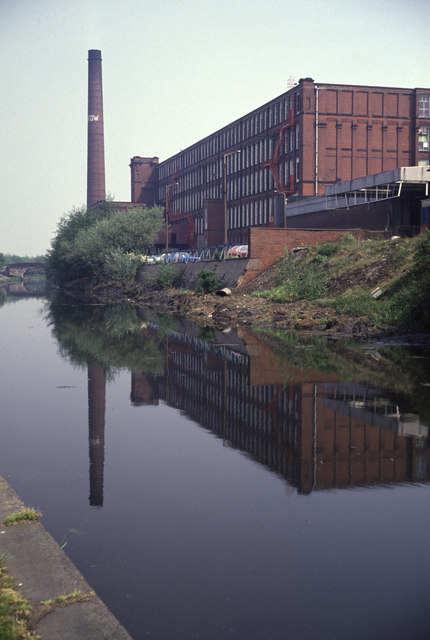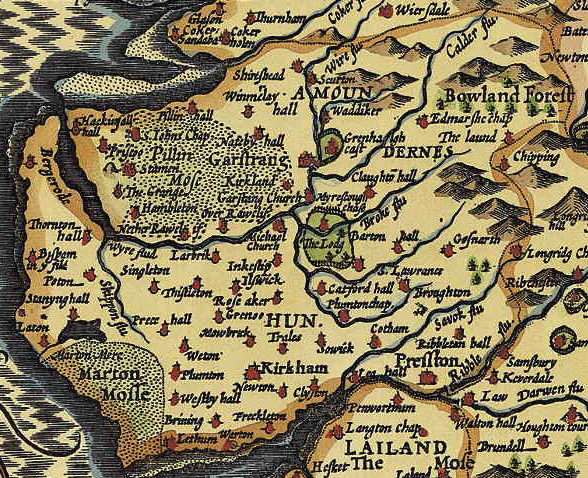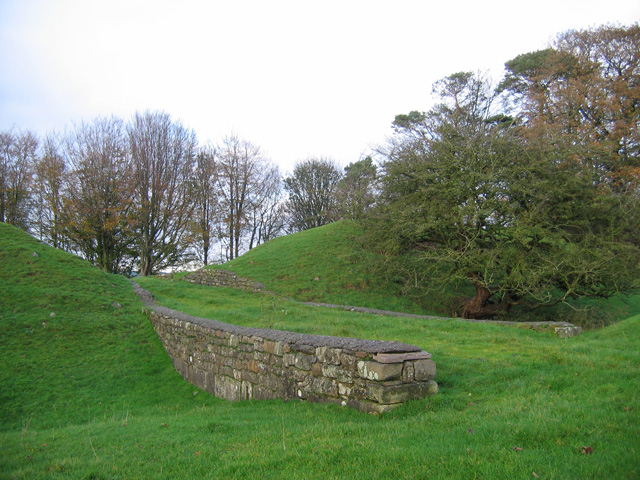|
Honour Of Clitheroe
The Honour of Clitheroe is an ancient grouping of manors and royal forests centred on Clitheroe Castle in Lancashire, England; an honour traditionally being the grant of a large landholding complex, not all of whose parts are contiguous. In the case of Clitheroe, this complex was loosely clustered around the ancient wapentake of Blackburnshire. History Before the Norman Conquest, the lands of Blackburnshire were held by Edward the Confessor, while Bowland was held by Tostig, son of Godwin, Earl of Wessex. In 1092, Roger de Poitou acquired a large part of what is now Lancashire, including the hundred of Blackburnshire. By the end of the 11th century, Poitou's landholdings had been confiscated and came into the possession of the De Lacys, Barons of Pontefract and Lords of Bowland. In 1102, Henry I granted the fee of Blackburnshire and further holdings in Hornby, and the vills of Chipping, Aighton and Dutton in Amounderness to Robert de Lacy, 2nd Baron of Pontefract, whil ... [...More Info...] [...Related Items...] OR: [Wikipedia] [Google] [Baidu] |
Clitheroe Castle
Clitheroe Castle is a ruined early medieval castle in Clitheroe in Lancashire, England. It was the ''caput'' of the Honour of Clitheroe, a vast estate stretching along the western side of the Pennines. Its earliest history is debated but it is thought to be of Norman origin, probably built in the twelfth century. Property of the de Lacy family, the honour later merged with the earldom and then Duchy of Lancaster. Given to George Monck, 1st Duke of Albemarle in 1660, the castle site remained in private ownership until 1920, when it was sold to the people of Clitheroe to create a war memorial. Today the buildings on the site are the home of Clitheroe Castle Museum. The keep is the second smallest surviving stone-built keep in England. The castle was listed as a Scheduled Monument on 10 April 1915 (and later, under the Ancient Monuments and Archaeological Areas Act 1979 law). It was Grade I listed on 19 May 1950. History Background After the Norman conquest, the Anglo-Saxon hu ... [...More Info...] [...Related Items...] OR: [Wikipedia] [Google] [Baidu] |
De Lacy
de Lacy (Laci, Lacie, Lascy, Lacey, Lassey) is the surname of an old Norman family which originated from Lassy, Calvados. The family took part in the Norman Conquest of England and the later Norman invasion of Ireland. The name is first recorded for Hugh de Lacy (1020–1085). His sons, Walter and Ilbert, left Normandy and travelled to England with William the Conqueror. The awards of land by the Conqueror to the de Lacy sons led to two distinct branches of the family: the northern branch, centred on Blackburnshire and west Yorkshire was held by Ilbert's descendants; the southern branch of Marcher Lords, centred on Herefordshire and Shropshire, was held by Walter's descendants. Until 1361, the northern branch of the family held the great Lordship of Bowland before it passed through marriage to the Duchy of Lancaster. They were also Barons of Pontefract and later (via two female lines) Earls of Lincoln. The southern branch of the family became substantial landholders in the Lord ... [...More Info...] [...Related Items...] OR: [Wikipedia] [Google] [Baidu] |
John De Lacy, 2nd Earl Of Lincoln
John is a common English name and surname: * John (given name) * John (surname) John may also refer to: New Testament Works * Gospel of John, a title often shortened to John * First Epistle of John, often shortened to 1 John * Second Epistle of John, often shortened to 2 John * Third Epistle of John, often shortened to 3 John People * John the Baptist (died c. AD 30), regarded as a prophet and the forerunner of Jesus Christ * John the Apostle (lived c. AD 30), one of the twelve apostles of Jesus * John the Evangelist, assigned author of the Fourth Gospel, once identified with the Apostle * John of Patmos, also known as John the Divine or John the Revelator, the author of the Book of Revelation, once identified with the Apostle * John the Presbyter, a figure either identified with or distinguished from the Apostle, the Evangelist and John of Patmos Other people with the given name Religious figures * John, father of Andrew the Apostle and Saint Peter * Pope Joh ... [...More Info...] [...Related Items...] OR: [Wikipedia] [Google] [Baidu] |
Rochdale
Rochdale ( ) is a large town in Greater Manchester, England, at the foothills of the South Pennines in the dale on the River Roch, northwest of Oldham and northeast of Manchester. It is the administrative centre of the Metropolitan Borough of Rochdale, which had a population of 211,699 in the 2011 census. Located within the historic boundaries of the county of Lancashire. Rochdale's recorded history begins with an entry in the Domesday Book of 1086 under "Recedham Manor". The ancient parish of Rochdale was a division of the hundred of Salford and one of the largest ecclesiastical parishes in England, comprising several townships. By 1251, Rochdale had become important enough to have been granted a Royal charter. Rochdale flourished into a centre of northern England's woollen trade, and by the early 18th century was described as being "remarkable for many wealthy merchants". Rochdale rose to prominence in the 19th century as a mill town and centre for textile manufacture ... [...More Info...] [...Related Items...] OR: [Wikipedia] [Google] [Baidu] |
Penwortham
Penwortham () is a town in South Ribble, Lancashire, England, on the south bank of the River Ribble facing the city of Preston, Lancashire, Preston. The town is at the most westerly crossing point of the river, with major road and rail links crossing it here. The population of the town at the United Kingdom Census 2011, 2011 census was 23,047. History The distinctive town name is derived from Celtic and Anglo Saxon origins, pen (meaning a hill or head), wort (meaning green) and ham (meaning settlement) with earlier names of Peneverdant and Pendrecham in 1200; Penwrtham in 1204; Penuertham in 1212; Penwortham 1260 and Penewrthamn in 1292.'Townships: Penwortham', A History of the County of Lancaster: Volume 6 (1911), pp. 56–61 accessed 17 October 201 ... [...More Info...] [...Related Items...] OR: [Wikipedia] [Google] [Baidu] |
Roger De Lacy (1170–1211)
Roger de Lacy (1170–1211), Baron of Pontefract, Lord of Bowland, Lord of Blackburnshire, Baron of Halton, Constable of Chester, Sheriff of Yorkshire and Sheriff of Cumberland, also known as Roger le Constable, was a notable Anglo-Norman soldier, crusader and baron. Origins Roger de Lacy was also known as Roger fitz John, and during the time that he was hoping to inherit his grandmother's de Lisours lands as Roger de Lisours. He was the son of John fitz Richard, Baron of Halton, Lord of Bowland, Lord of Flamborough and Constable of Chester, and his wife, Alice of Essex. Career Roger became Baron of Pontefract on the death of his paternal grandmother Albreda de Lisours (died after 1194) who had inherited the Barony in her own right as first cousin and heir to Robert de Lacy (died 1193), Baron of Pontefract. In agreements with his grandmother Roger adopted the name of de Lacy in 1193, received the right to inherit the Barony of Pontefract and its lands, and the lands of Bowlan ... [...More Info...] [...Related Items...] OR: [Wikipedia] [Google] [Baidu] |
Robert De Lacy
The honour of Pontefract, also known as the feudal barony of Pontefract, was an English feudal barony. Its origins lie in the grant of a large, compact set of landholdings in Yorkshire, made between the Norman conquest of England in 1066 and the completion of the Domesday Survey in 1086. An expansive set of landholdings spanning sixty parishes and six wapentakes in Yorkshire, the honour was created primarily to serve a strategic, defensive function in a potentially hostile frontier zone. The first lord was Ilbert de Lacy, who built a castle at Pontefract which became the caput of the honour. Alongside the Yorkshire holdings, a smaller number of dispersed possessions elsewhere in England belonged to the honour. After Lacy's death, his son succeeded him as lord before having the honour confiscated some time before c. 1116, after which it was regranted twice. Ilbert de Lacy's grandson recovered a two-thirds share in c. 1135, which passed through his heirs, then to a collateral branch ... [...More Info...] [...Related Items...] OR: [Wikipedia] [Google] [Baidu] |
Amounderness
The Amounderness Hundred () is one of the six subdivisions of the historic county of Lancashire in North West England, but the name is older than the system of hundreds first recorded in the 13th century and might best be described as the name of a Norse wapentake. In the Domesday Book, it was used for some territories north of the River Ribble included together with parts of Yorkshire. The area eventually became part of Lancashire, sitting geographically between the Rivers Lune and Ribble, in the strip of coast between the Irish Sea and Bowland Forest. Etymology and history In the 19th century, the name was considered to have been first recorded in 705, as Hacmunderness. The Domesday Book in 1086 spells it Agemundrenessa. There are two suggested etymologies for Amounderness. The traditional 19th century reading was that the name derived from ''ac'' (oak) and ''mund'' (protection), "a ness or promontory sheltered by oaks". This was given currency by Porter.Porter, J, ''A His ... [...More Info...] [...Related Items...] OR: [Wikipedia] [Google] [Baidu] |
Dutton, Lancashire
Dutton is a civil parish in the Borough of Ribble Valley in the English county of Lancashire, its principal settlement being the hamlet of Lower Dutton. The population of the civil parish at the 2011 census was 238. The parish is northeast of Ribchester. It was part of Preston Rural District Preston was a rural district in Lancashire, England from 1894 to 1974. It surrounded Preston on the north, west and east sides. The district was created under the Local Government Act 1894. It was abolished in 1974 under the Local Government A ... throughout the district's existence from 1894 to 1974. ''Vision of Britain'', accessed 9 June 2014 In 1974 the parish became part of Ribble Valley. See also *[...More Info...] [...Related Items...] OR: [Wikipedia] [Google] [Baidu] |
Chipping, Lancashire
Chipping is a village and civil parish of the borough of Ribble Valley, Lancashire, England, within the Forest of Bowland Area of Outstanding Natural Beauty. In the 2001 census, the parish had a population of 1,046, falling slightly to 1,043 at the 2011 Census. This Lancashire village has won several best-kept village competitions over the years. The village also won the village section of the Royal Horticultural Society Britain in Bloom competition in 2009 picking up RHS Tourism and Gold achievement awards in the process. History The village is known to be at least 1,000 years old and is mentioned in Domesday. It lies on the south-western edge of the ancient Forest of Bowland abutting the civil parish of Bowland-with-Leagram. Leagram Park, the site of one of the medieval deer parks of the Forest, is a short drive from the village. Despite this, Chipping was not a part of the ancient Forest and its manor did not fall within the powerful Lordship of Bowland. Chipping really ... [...More Info...] [...Related Items...] OR: [Wikipedia] [Google] [Baidu] |
Hornby, Lancashire
Hornby is a village and former civil parish from Lancaster, now in the parish of Hornby-with-Farleton, in the Lancaster district, in the county of Lancashire, England. The village is on the A683 and at the confluence of the River Wenning and Lune In 2011 the built up area had a population of 468. In 1881 the parish had a population of 358. History Hornby was recorded in the Domesday Book as ''Hornebi''. Hornby was a township and chapelry in Melling parish. From 1866 Hornby was a civil parish in its own right until it was merged with Farleton on 24 March 1887 to form "Hornby-with-Farleton". Amenities Hornby has a church called St Margaret's Church on Main Street, with its octagonal tower a county house called Hornby Castle which overlooks the village. It was started in the 13th century as a replacement for Castle Stede. The tower is 16th-century but the rest was constructed during the 18th and 19th centuries. Despite the castle now being divided into flats, it is still ... [...More Info...] [...Related Items...] OR: [Wikipedia] [Google] [Baidu] |
_c.1650.jpg)





